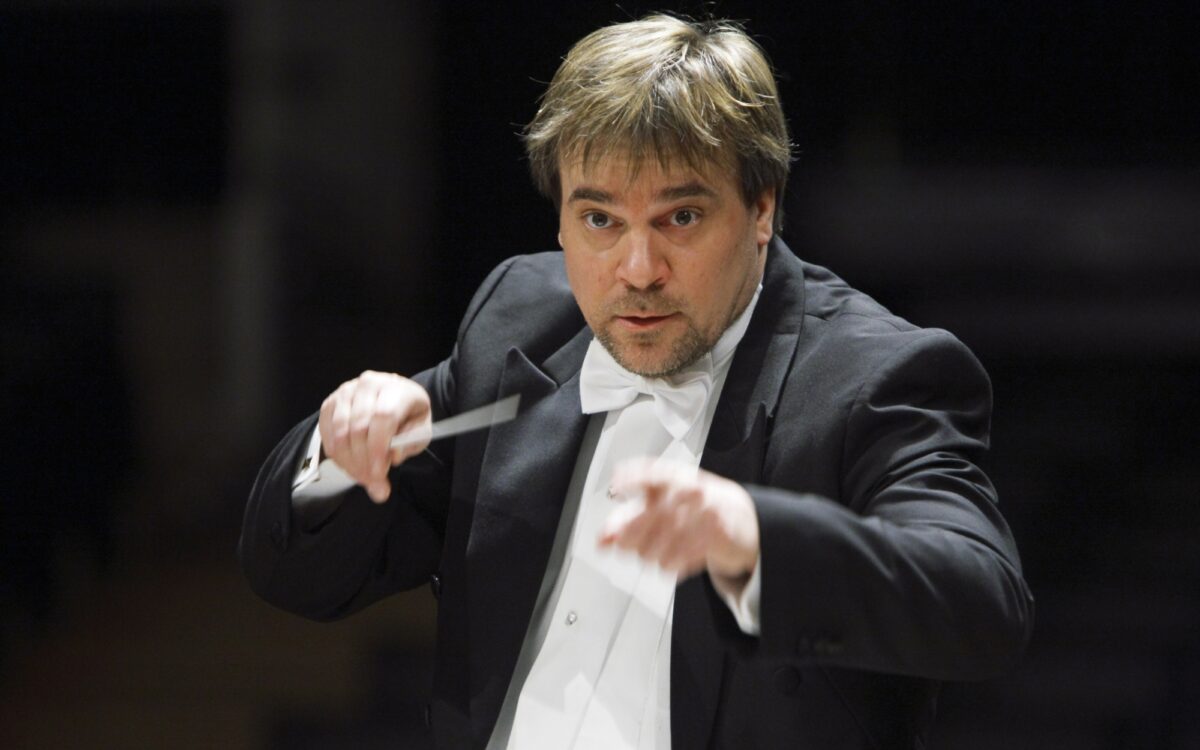The Bard
Jean (Johan Julius Christian) Sibelius was born in Hämeenlinna, Finland, on December 8, 1865, and died at Järvenpää, at his country home near Helsinki, on September 20, 1957. He took the Gallicized form of his first name in emulation of an uncle.
Sibelius composed The Bard in March 1913 and conducted the first performance on March 27, 1913, in Helsinki with the Philharmonic Society. Dissatisfied with that performance, he considered expanding the work into two or three parts (the publisher Breitkopf having commented that it sounded more like the start of a suite than an independent piece), but decided that summer to keep it as a single movement. Sibelius led a revised version of The Bard in Helsinki on January 9, 1916, again with the Philharmonic Society. The Bard calls for an orchestra of 2 flutes, 2 oboes, 2 clarinets, bass clarinet, 2 bassoons, 4 horns, 2 trumpets, 3 trombones, timpani, bass drum, tam-tam, harp, and strings. Duration is about 8 minutes.
The Bard dates from an extended and difficult time during which Sibelius’s life was shadowed by the threat of cancer; he underwent fourteen major operations before a tumor was finally located and removed from his throat. Erik Tawaststjerna, in his definitive biography of the composer, refers to this as Sibelius’s “dark period,” a period also encompassing such works as the Opus 55 symphonic poem Night Ride and Sunrise (1908), the Opus 56 string quartet Voces Intimae (1909), the Opus 59 orchestral funeral march In Memoriam (also 1909), the Fourth Symphony (1911, the starkest of his works in that genre), and Luonnotar (1913).
According to Tawaststjerna, the most Sibelius ever revealed as to any inspiration for The Bard was to say that it “refers to a skald [bard] of the Ancient Scandinavian world and is not drawn from the Kalevala.” And late in life, Sibelius denied that The Bard had any connection to a poem of the same name by the Finnish national poet Johan Ludvig Runeberg (1804-1877). On the other hand, as Tawaststjerna observes, Sibelius always kept Runeberg’s poems readily at hand, so could it have been only coincidence that just a few months after completing his tone poem, Sibelius wrote a short piano piece called To Longing—the title also of a Runeberg poem in volume I of the poet’s collected works (with the title printed in bold) within a page or so after Runeberg’s The Bard? In any event, the source of Sibelius’s inspiration remains incidental.
This somber, captivating, deeply reflective piece is a masterly achievement. The comment from his publisher Breitkopf noted above seems to have triggered Sibelius to consider the piece as the start of a diptych, then a triptych, but in the end he stuck to his convictions, writing to Breitkopf “The Bard should be much as it was to begin with,” but requesting that the key of the closing measures in the score he had sent be changed to the tonic to create a definitive ending.
The music—with its spare yet atmospheric textures frequently enriched by divided violas and cellos; its generally restrained dynamic (note the preponderance of pp and ppp in the score); its bardic solo harp (an analogue to The Swan of Tuonela’s English horn) so quietly evocative of Nordic folklore and legend; and its confiding turn to major at the very end—surely tells us all we need to know.
Marc Mandel/Robert Kirzinger
Marc Mandel joined the staff of the Boston Symphony Orchestra in 1978 and managed the BSO’s program book from 1979 until his retirement as Director of Program Publications in 2020.
Composer and writer Robert Kirzinger is the BSO’s Director of Program Publications.
The first major American orchestra to perform The Bard was apparently the Detroit Symphony Orchestra led by Sixten Erling on March 30, 1967.
The first BSO performance of The Bard was under Shi-Yeon Sung in April 2009. The Tanglewood Music Center Orchestra played the only Tanglewood performance, on July 24, 2017, under Nuno Coehlo.

